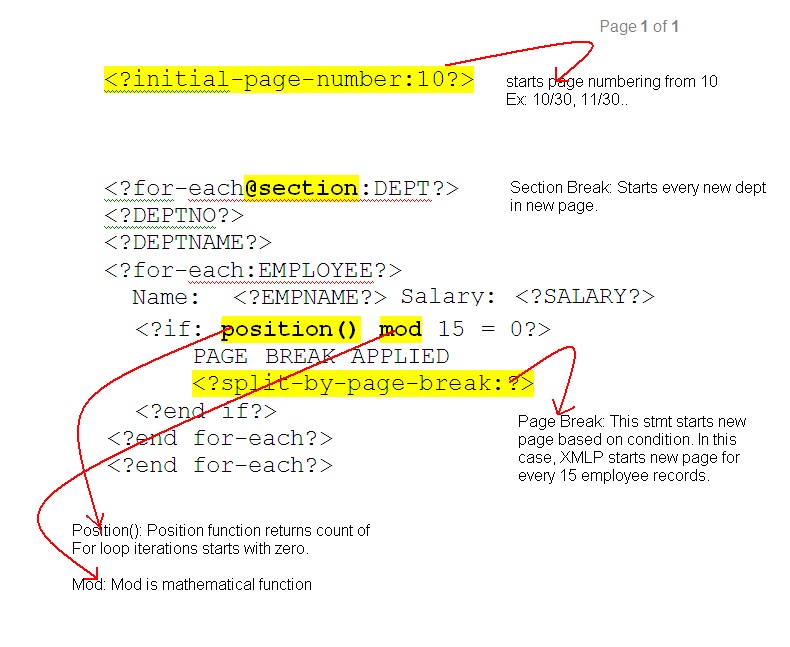Back Orders
The Oracle "term" backorder is a "status" on the order line or delivery line indicating that you have tried to release an order for picking in your warehouse, but that the pick release was UNSUCCESSFUL because there was no available inventory.(Backorder can be partial or complete). The Oracle term backorder does NOT mean that you have open purchase orders for the out-of-stock item from your vendors. The term backorder is also used in business a little differently than in Oracle. The term "An item is on backorder" usually means that the item is not in stock, but the shipping company has already placed purchase orders from their suppliers to restock the item. Back Order is when you do not fulfill the Sales Order, or if the inventory is out of stock for delivery to customer.
Drop Shipment
Drop shipment on the other hand is a method of order fulfillment where the organization taking the order does NOT maintain their own inventory for the drop-shipped product, but fulfill their orders through 3rd party vendors who directly ship to the end customer ordering the product.
For example,
A orders item x from B
B orders item x from C
C ships Item x to A.
B bills A for the order, C bills B for the order
Back to Back Orders
In Back to Back order the shipment process is also completed through OM as a standard order after the item is received against a PO.
For example,
A orders item x from B
B orders item x from C
C ships Item x to B
B bills A for the order, C bills B for the order
What is the major difference between drop shipment and back to back order ?
1.In B2B the source will be internal but the item would be procured after the order is created or after the demand is made.
2.In Drop Ship the source will be external
3.In Drop Ship orders, material is directly shipped to the customer from the supplier. Thus, inventory is not affected. In this case, only logical receiving is done. But in the case of Back-to-Back orders, material is taken from inventory.
4.Drop Ship orders may have many Purchase Orders connected to them. In Back-to-Back orders one PO is tied to one Sales Order.
The Oracle "term" backorder is a "status" on the order line or delivery line indicating that you have tried to release an order for picking in your warehouse, but that the pick release was UNSUCCESSFUL because there was no available inventory.(Backorder can be partial or complete). The Oracle term backorder does NOT mean that you have open purchase orders for the out-of-stock item from your vendors. The term backorder is also used in business a little differently than in Oracle. The term "An item is on backorder" usually means that the item is not in stock, but the shipping company has already placed purchase orders from their suppliers to restock the item. Back Order is when you do not fulfill the Sales Order, or if the inventory is out of stock for delivery to customer.
Drop Shipment
Drop shipment on the other hand is a method of order fulfillment where the organization taking the order does NOT maintain their own inventory for the drop-shipped product, but fulfill their orders through 3rd party vendors who directly ship to the end customer ordering the product.
For example,
A orders item x from B
B orders item x from C
C ships Item x to A.
B bills A for the order, C bills B for the order
Back to Back Orders
In Back to Back order the shipment process is also completed through OM as a standard order after the item is received against a PO.
For example,
A orders item x from B
B orders item x from C
C ships Item x to B
B bills A for the order, C bills B for the order
What is the major difference between drop shipment and back to back order ?
1.In B2B the source will be internal but the item would be procured after the order is created or after the demand is made.
2.In Drop Ship the source will be external
3.In Drop Ship orders, material is directly shipped to the customer from the supplier. Thus, inventory is not affected. In this case, only logical receiving is done. But in the case of Back-to-Back orders, material is taken from inventory.
4.Drop Ship orders may have many Purchase Orders connected to them. In Back-to-Back orders one PO is tied to one Sales Order.










